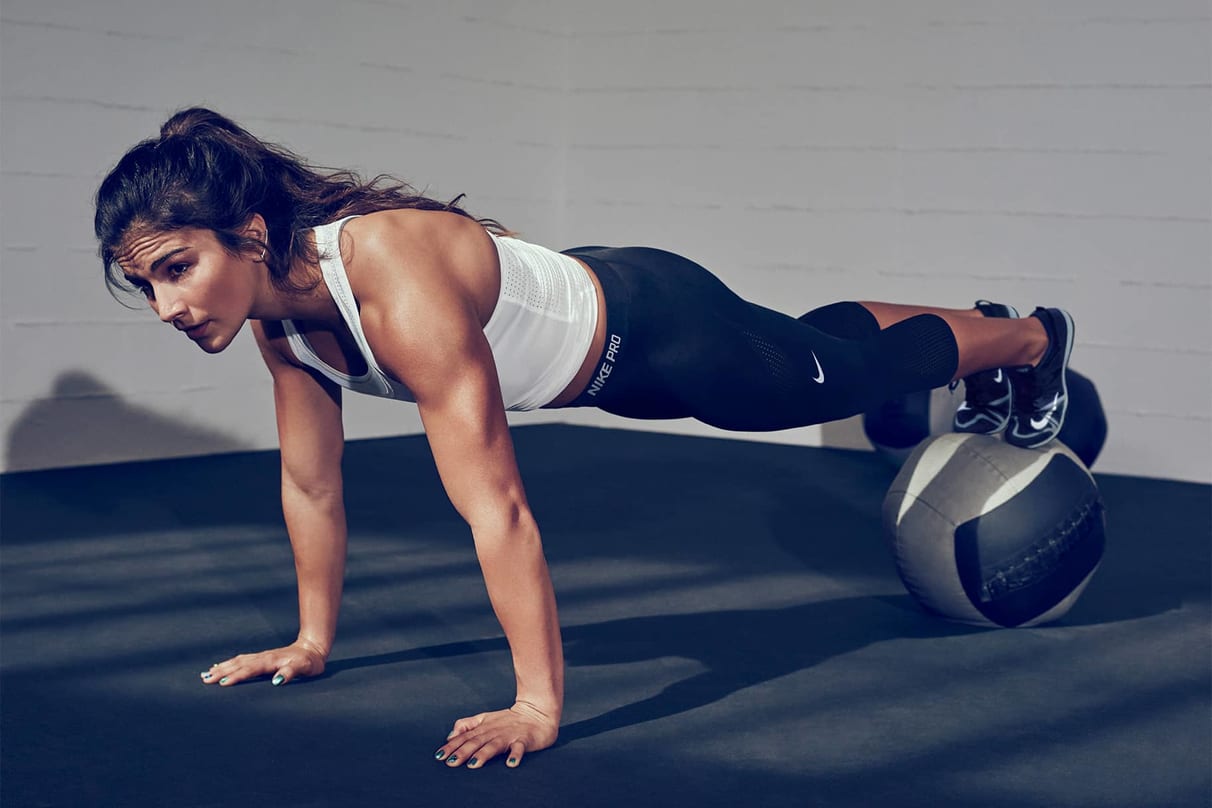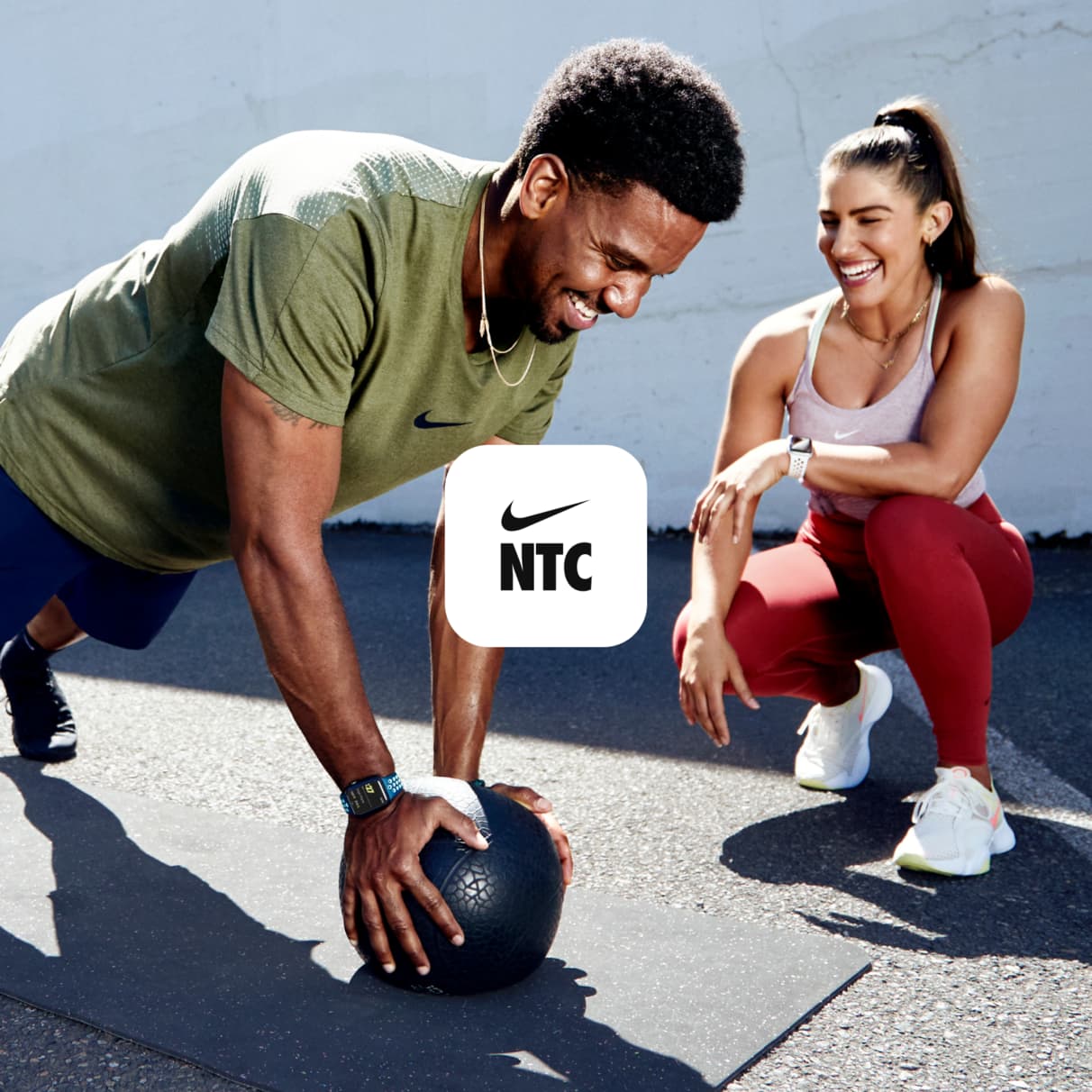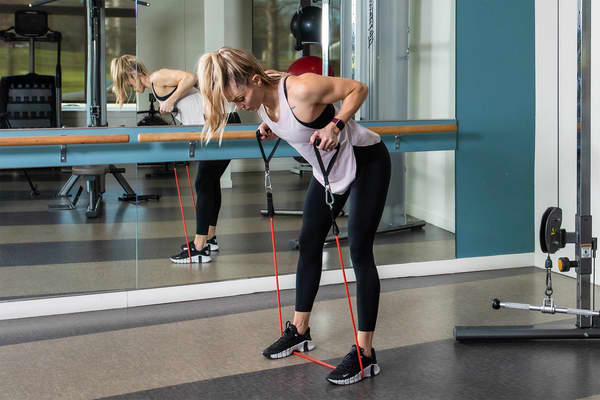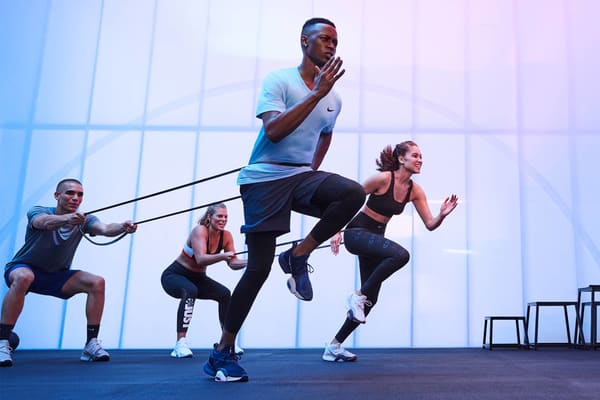3 Simple Tips for an At-Home HIIT Workout
Sport & Activity
Freshen up your fitness by putting together your own routine.

When it comes to workouts that offer major health benefits, high-intensity interval training, also known as HIIT, has plenty of clout.
For example, a 2019 study in the World Journal of Cardiology suggests this type of exercise can offer improvements in the way your body uses oxygen, while also lowering cardiovascular risks. And a 2017 study in the British Journal of Sports Medicine found that HIIT can be helpful in regulating blood sugar, body composition and resting heart rate. (Related: What Should My Average Heart Rate Be While Running?)
In terms of what goes into these sessions, the approach is in the name. Short bursts of high intensity exercises are done in intervals, which means you mix all-out work with brief rest periods.
Not sure how or where to get started? Here's what to consider.
1.Determine the Time Frame and Intervals

Part of the appeal of a HIIT workout is the short amount of time it takes to be efficient. Rather than a long, steady-state cardio session—requiring a longer time block, about 45 minutes to an hour, usually—most HIIT workouts are between 15–20 minutes long. When putting together your own, you'll put a few basic maths skills to the test.
Here's what a sample work and rest interval might look like:
- Exercise one: 40 seconds
- Rest: 20 seconds
- Exercise two: 40 seconds
- Rest: 20 seconds
- Exercise three: 40 seconds
- Rest: 20 seconds
- Exercise four: 40 seconds
- Rest: 20 seconds
- Exercise five: 40 seconds
- Rest: 20 seconds
This represents five minutes of work, or one set. You can then take an additional 30-second rest period between sets to help you catch your breath and regroup before diving into the next set. Aim to complete three sets in total. And don't forget to include a warm-up and cool-down, although it's up to you whether to include that within the HIIT time frame or do them separately. Think about adding at least two minutes of warm-ups beforehand and at least two minutes of cool-down afterwards, clocking the full workout around 20 minutes in total.
Once you do a few sessions, you might feel like playing around with the work-and-rest-time ratios. For example, work at maximum intensity for one minute, followed by two minutes of rest. Or do 20 seconds of work with just 10 seconds of rest.
When you first start, though, it's helpful to stick to one timing pattern for a couple of weeks to get a feel for doing the workout. Once you have that down, you can begin tweaking all the variables like time, adding weights or different types of equipment, or mixing high-impact and low-impact exercises.
2.Choose Exercises You Love

Creating your own HIIT workout is simple. It's actually doing it that requires discipline and focus, according to Thomas Roe, ACE-certified CPT, and a trainer at Local Moves Studio in San Antonio, which focuses on HIIT workouts. One method that works well is to load up the workout with all your favourite exercises, he suggests.
For example, he says he loves skipping, so he'll skip for three minutes and then either rest or perform a lower intensity, low-impact exercise like push-ups or plank. On some days, he repeats this sequence for half an hour. Having the main exercise be skipping allows him to pepper in different options during that non-skipping time, which is what keeps it fresh for him.
The intensity of the workout makes it very efficient, he says, so if you're only getting 20 or 30 minutes, it feels like you made great use of the time.
Other popular HIIT exercise options include:
- Burpees
- Jump squats
- Medicine ball slams
- Box jumps
- Star jumps
- High knees
Bear in mind, too, that although all of those options are high-impact, you can also choose low-impact exercises as well, especially if you've been advised by your doctor—remember, check with your physician before embarking on any exercise programme—to limit impact. These are some low-impact options:
- Mountain climbers
- Squats
- Kettlebell swings
- Push-ups
- Alternating lunges
- Plank shoulder taps
Consider doing an easy run-through when you're putting a workout together so you'll understand what's needed for transitions, suggests Aaron Leventhal, CSCS, owner of Fit Studios in Minneapolis. For example, going from plank jacks to mountain climbers is fairly easy, but trying to switch from medicine ball slams to kettlebell swings requires an equipment change, so if you don't have it all laid out in advance, you may eat up your rest time grabbing what you need.
"The old saying is that the best training for you is the one you'll actually do", says Leventhal. "With interval training, that means finding the best blend of exercises and the work-and-rest-time combination that makes you feel challenged, but doesn't leave you dreading the next workout. Or putting off the workout completely".
Don't miss How an Exercise Routine Can Help with Depression and Anxiety.
3.Start with Fewer Exercises

Because a HIIT workout can encompass a huge range of exercises, it can be tempting to load up a single session with as many as possible. For example, if you followed the three-sets version, you could do five different exercises in each set, for a total of 15 exercises in total.
That can be less effective because you tend to get more efficient on subsequent sets if you stick to fewer exercises, says Leventhal. You'll spend less time trying to figure out what's next and more on your form. That's particularly true if you bring in equipment such as weights, kettlebells, medicine balls and a skipping rope. For a stripped-down, simple HIIT workout you can do anywhere, focusing only on a few bodyweight exercises might be a better starting point.
Pro tip: don't forget that warm-up, which not only preps your muscles for a workout but also gets you in the right mindset, says Leventhal, and a cool-down helps your heart rate return to its normal level.
For more expert-backed tips, make sure you download the Nike Training Club App!
Words by Elizabeth Millard





